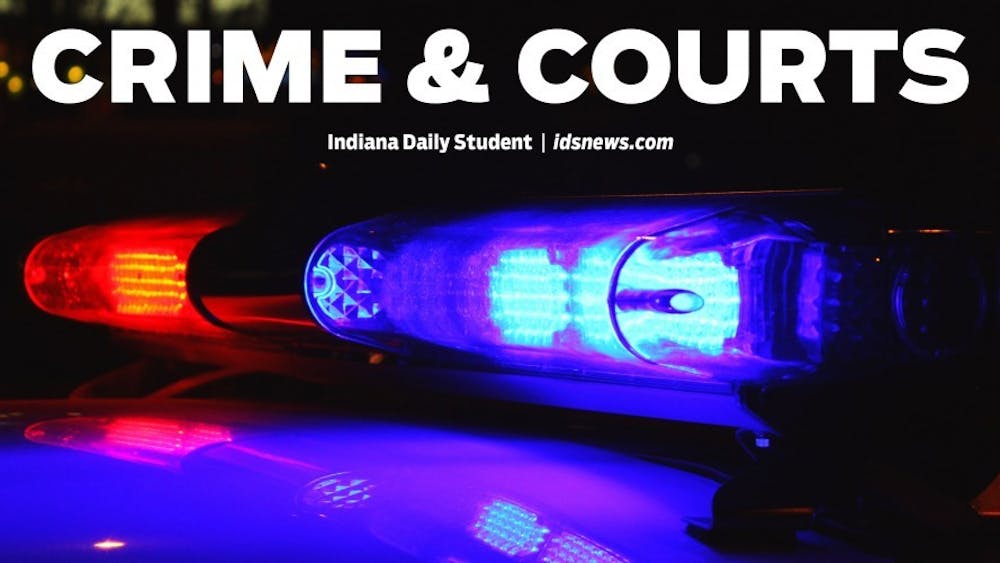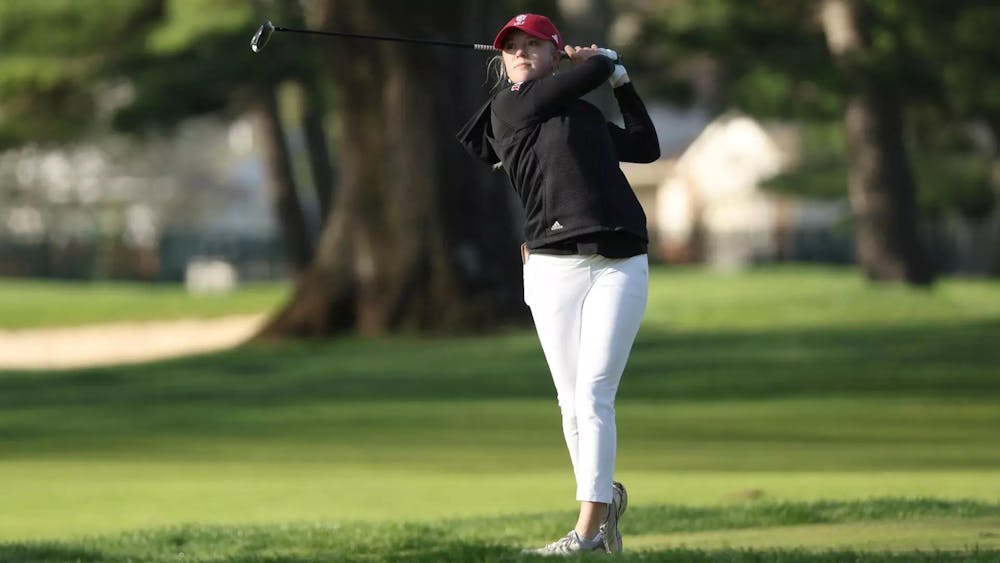For the next few years, IU campuses will face considerable demographic challenges in the recruitment of new students.
The population of 18-year-olds, the primary target of University recruiters, has seen a slight but steady decrease in the past five years, both nationwide and in the Midwest. These numbers are projected to slump lower in upcoming semesters as well.
“We’re committed to enrolling students who we believe really have the capacity to thrive and succeed in our programs,” said John Applegate, executive vice president for the Office of University Academic Affairs.
Applegate, along with Todd Schmitz, executive director of University Institutional Research and Reporting, gave a presentation on these enrollment trends and how the University plans to respond at the Feb. 5 Board of Trustees meeting.
Applegate said these numbers are the new normal. Fewer students are attending feeder schools, such as Ivy Tech Community College, and then transferring to IU campuses.
These combined factors mean the pool of potential new students at IU campuses is shrinking, albeit at low rates.
Regional campuses are more affected by this trend since those schools tend to attract mostly local students. IU-Bloomington, as the flagship institution, can more easily pursue out-of-state students to apply and fill the gaps.
“These enrollment reports are one of the issues the trustees are concerned about,” said Debbie Lemon, Board of Trustees secretary. “Updates give us insight on what the state of the campus is.”
Recruiters are looking at several strategies to draw more students to IU, including focusing on bringing in high school graduates who may not have thought about attending college but have the potential to be successful students.
There is also the possibility of creating middle-range tuition rates for students who live in the Midwest. By making college more affordable for nearby non-Indiana residents, IU becomes a considerably more reasonable option, Applegate said.
Despite these challenges, Applegate said the admissions picture at all eight IU campuses looks positive. Officials have doubled efforts and the sophistication of the work being done on campus.
Plans to make the infrastructure of the campuses more sustainable and to add course offerings and research opportunities make IU more attractive to potential students. They also increase the likelihood of students remaining within the system until graduation.
The four- and six-year graduation rates for IUB and IU-Purdue University Indianapolis have gone up in recent years. IU online education has also seen an increase, with more than 25,000 students taking at least one online course.
IU’s overall online programs ranking rose from 72nd to 39th place out of more than 300 similarly structured programs.
Applegate said the statistical trends are certainly something to look for and base policy on, but their overall message does not take away from what IUB and the regional campuses are attempting to accomplish.
“Although these numbers tell us something, there is nothing more important than graduation rates and retention rates,” Applegate said. “The true state of enrollment relates to revenue and the number of degree-seeking students.”





